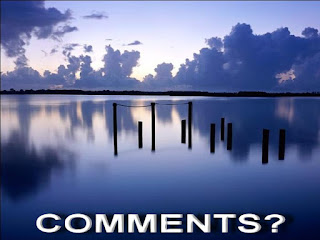ECUADOR
G'day folks,
Ecuador is a country straddling the equator on South America’s
west coast. Its diverse landscape encompasses Amazon jungle, Andean
highlands and the wildlife-rich Galápagos Islands. In the Andean
foothills at an elevation of 2,850m, Quito, the capital, is known for
its largely intact Spanish colonial center, with decorated 16th- and
17th-century palaces and churches including the ornate Compañía de Jesús
cathedral.
Geography
Ecuador,
about equal in area to Nevada, is in the northwest part of South America
fronting on the Pacific. To the north is Colombia and to the east and south is
Peru. Two high and parallel ranges of the Andes, traversing the country from
north to south, are topped by tall volcanic peaks. The highest is Chimborazo at
20,577 ft (6,272 m). The Galápagos Islands (or Colón Archipelago: 3,029 sq mi;
7,845 sq km), in the Pacific Ocean about 600 mi (966 km) west of the South
American mainland, became part of Ecuador in 1832.
Government
Republic.
History
The
tribes in the northern highlands of Ecuador formed the Kingdom of Quito around
1000. It was absorbed, by conquest and marriage, into the Inca Empire. Spanish
conquistador Francisco Pizarro conquered the land in 1532, and throughout the
17th century a Spanish colony thrived by exploitation of the Indians. The first
revolt against Spain occurred in 1809. In 1819, Ecuador joined Venezuela,
Colombia, and Panama in a confederacy known as Greater Colombia.
When Greater
Colombia collapsed in 1830, Ecuador became independent. Revolts and
dictatorships followed; it had 48 presidents during the first 131 years of the
republic.
Conservatives ruled until the revolution of 1895 ushered in nearly a
half century of Radical Liberal rule, during which the church was
disestablished and freedom of worship, speech, and press was introduced.
Although it was under military rule in the 1970s, the country did not
experience the violence and repression characteristic of other Latin American
military regimes. Its last 30 years of democracy, however, have been largely
ineffectual because of a weak executive branch and a strong, fractious
Congress.
Peru
invaded Ecuador in 1941 and seized a large tract of Ecuadoran territory in the
disputed Amazon region. In 1981 and 1995 war broke out again. In May 1999,
Ecuador and Peru signed a treaty ending the nearly 60-year border dispute.
Clancy's comment: Wonderful place with beautiful people. Not sure what animal that is on that plate, but I'll pass.
I'm ...









No comments:
Post a Comment